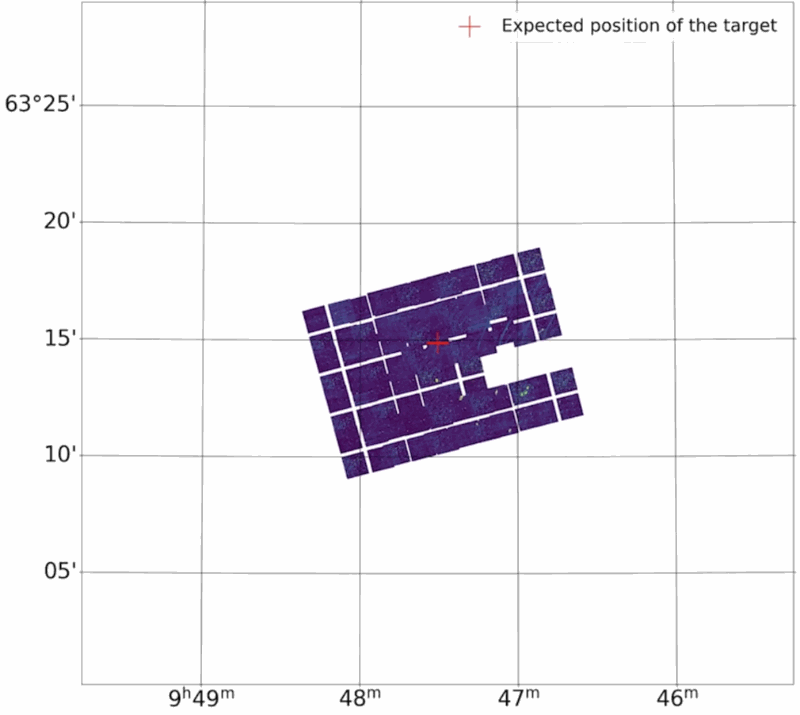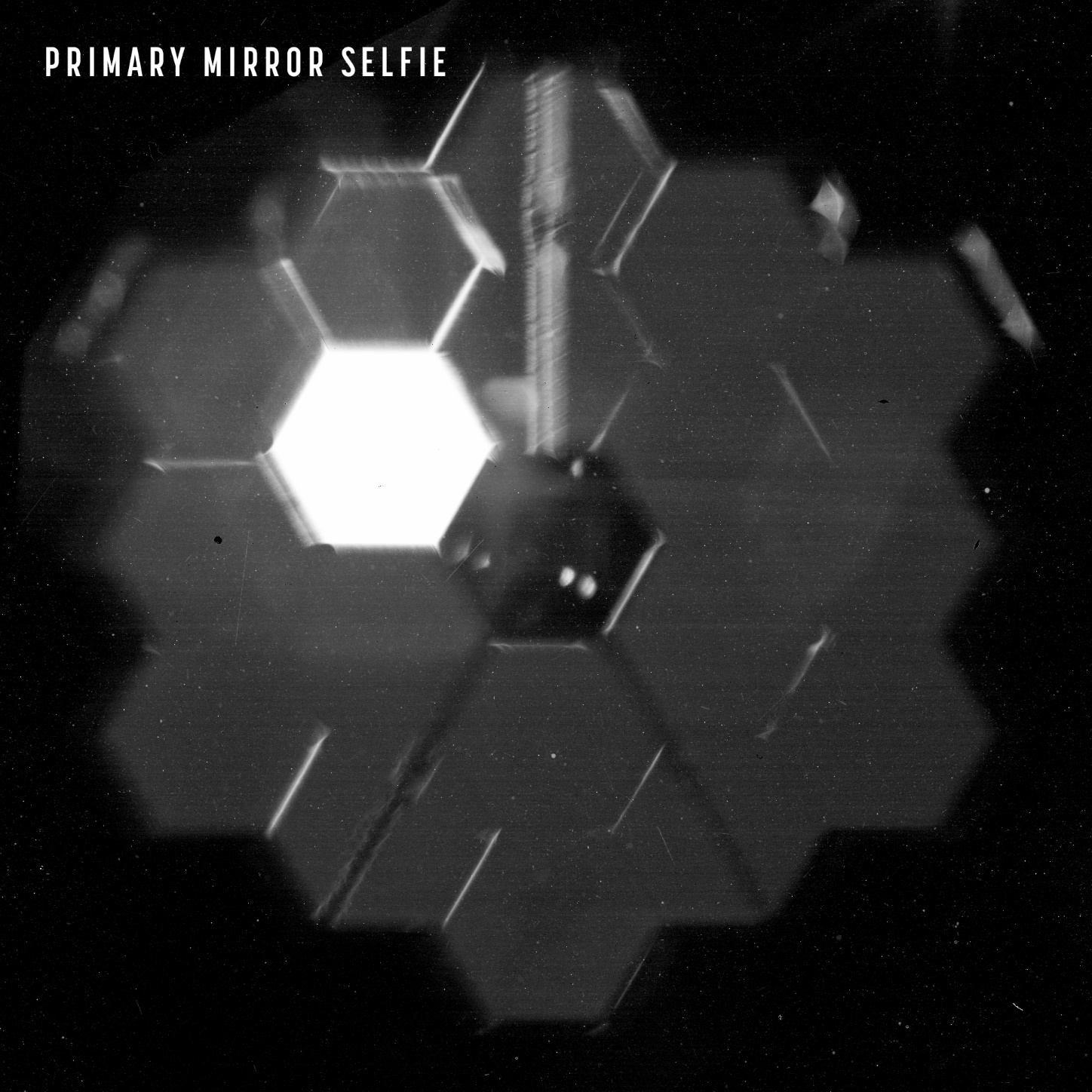An apparatus as complex as the James Webb Space Telescope takes a little while to get running, so while it entered its orbit late last month, it’s still working through its startup process. Today’s milestone is a big one, with Webb spotting its first star, 18 times over. And it took a selfie to celebrate.
As you probably know if you’ve glanced at coverage of this enormous orbital telescope over the many years of its development, assembly and deployment, the Webb is basically a honeycomb-shaped collection of 18 mirrors, which help it capture large amounts of infrared light from its chosen target.
But each of these mirrors (plus the secondary mirror out front and many other components) needs to be precisely tuned in order for the image reflected in it to match and overlap that of the others.
“We know that the primary mirror segments aren’t aligned, so they actually act like 18 separate telescopes, and we expect to see 18 separate images, one for each mirror, that are a little bit blurry at this point because we haven’t aligned or focused anything,” said Lee Feinberg, manager of the optical elements on the Webb, in a NASA video that explains all this better than I ever could.
Think of it like the cartoons where a character wakes up after being knocked unconscious and sees the world in double or quadruple, then gradually lines those images up. In this case, of course, the telescope is out in the middle of space, so the best (and pretty much only) thing to safely look at is stars.
The team needed a star that’s distinct and not surrounded by others of a similar brightness. They picked one called HD 84406 in the Ursa Major constellation, on the cosmic bear’s neck ruff. For those of us who are more familiar with the Big Dipper, if you look at the two stars that make up the top of the dipper itself, HD 84406 is about an equal distance to the right along that line.
Pointed at HD 84406’s general direction, the Webb took 10 images each at 156 slightly different directions, resulting in 1,560 shots and 54 gigabytes of raw data.

Image Credits: NASA
“This initial search covered an area about the size of the full Moon because the segment dots could potentially have been that spread out on the sky,” said Marshall Perrin, a scientist on the Webb team, in a NASA news release. “And we found light from all 18 segments very near the center early in that search! This is a great starting point for mirror alignment.”
After six hours of processing they were able to locate the same star in each of the telescope’s 18 mirrors and assemble them into one image (at top) that shows how the array needs to be realigned. As Perrin noted, it’s totally possible that one or more of these might have been way further away from the center, necessitating a longer and more intense mirror correction procedure. But they’re all clustered near the center, meaning the mirror deployment has gone very well.
This isn’t the only camera system on board the Webb, and not the only setup process either, by a long shot. It’ll still be quite a while before we get the first “real” image out of it, but today’s success shows that the IR camera and primary mirrors are working as planned — though not at full capacity just yet.
Fortunately another instrument was functional enough to get that most crucial of content: a selfie.

Image Credits: NASA
We’ll be covering major steps like this one, but if you want to keep up with the Webb’s every move, keep an eye on the dedicated mission blog.















 English (US) ·
English (US) ·